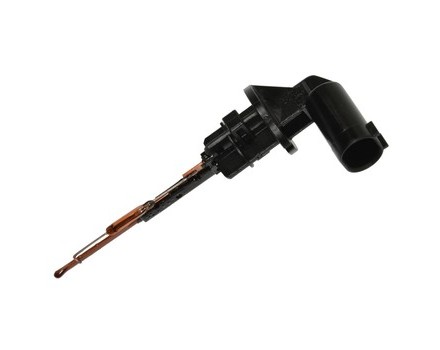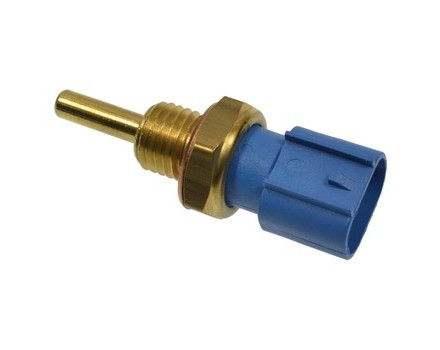Sensors
Filter Options
Important: To get started, click the blue "Filter Options" button to select your vehicle and then use the filters to narrow your options.
Important: To get started, select your vehicle on the left and then use the filters to narrow your options.
What is a Sensor?
A sensor is a device that detects and responds to some type of input from the physical environment. In the context of automotive parts, sensors monitor various systems and parts of a vehicle and provide feedback to the driver or computer system that controls the vehicle.
What are the Types of Sensors used in Automotive Parts?
There are a variety of sensors used in automotive parts, including:
- Oxygen Sensors: Monitors the amount of oxygen in the exhaust system
- Temperature Sensors: Monitors the temperature of the engine and other systems
- Pressure Sensors: Monitors the pressure of the fuel, oil, and other systems
- Knock Sensors: Monitors the sound of the engine for abnormal sounds
- Speed Sensors: Monitors the speed of the vehicle
- Crank Position Sensors: Monitors the position of the crankshaft
How do I Determine if my Sensor is Faulty?
To determine if a sensor is faulty, you should first check the sensor's wiring and connections to ensure that they are properly connected. Next, you should use a diagnostic tool to check for any codes or errors associated with the sensor. If the diagnostic tool does not provide any information regarding the sensor, you may need to replace it with a new one.
Can a Faulty Sensor Cause Damage?
Yes, a faulty sensor can cause damage to other components of the vehicle if it is not replaced in a timely manner. Faulty sensors can cause the vehicle to run inefficiently and lead to other problems such as engine misfires, stalling, and poor fuel economy.
How do I Replace a Sensor?
Replacing a sensor is a fairly straightforward process:
- Disconnect the negative battery cable and wait for the system to reset.
- Locate the faulty sensor and disconnect it.
- Remove the faulty sensor and replace it with the new one.
- Reconnect the negative battery cable.


